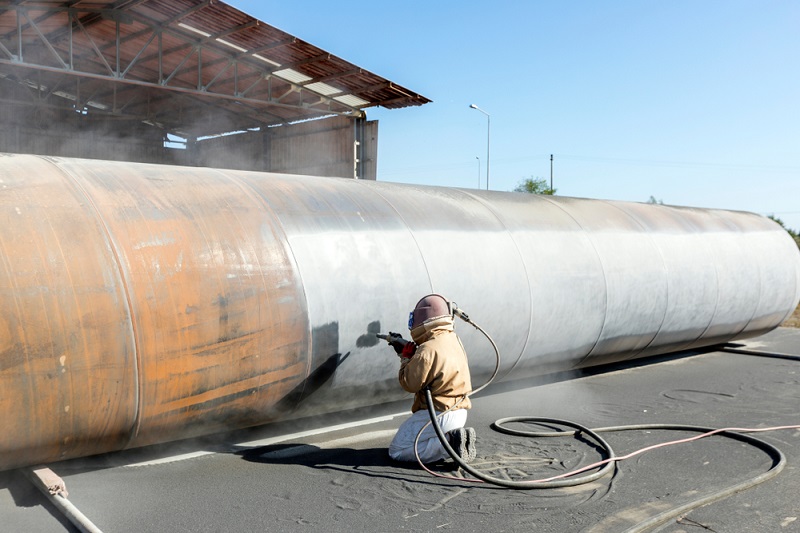Essential Information on Sandblasting
While most of us have heard about the term sandblasting, we do not understand sandblasting entirely and what it is about. All we have is a vague and general idea about the topic. It is essential to know the meaning of this term, its process, the equipment, and why it is used. Basically, it is the most effective way to smooth a rough surface and give it an even and smooth finish.

The Sandblasting process:
Sandblasting the machine makes use of compressed air to blast very fine abrasive materials on the surface to be sandblasted. When those abrasive materials get ejected with great force out of a nozzle, they can easily smoothen out the rough surface, and what you get is a smooth, shiny, and clean surface. When people discuss this process, they also come across the term “shot blasting” and are not very sure about the difference between the two.
Sandblasting and shot blasting:
While both sandblasting and shot blasting work with abrasive blasting, they are actually separate processes. There are some basic differences between the two, although they appear to be similar. The difference lies in the application technique used by the industry experts to apply the abrasive material on the surfaces that need finishing. While the sandblasting process makes use of compressed air to shoot out the abrasive material, Shot blasting employs centrifugal force for the treatment. Shot blasting can be seen as a more aggressive abrasive technique when compared to sandblasting. When working on more challenging and complex projects, the engineers and contractors prefer to use shot blasting as it creates a stronger application force and uses a denser media material. Best sandblasting service in Melbourne.
Both sandblasting and shot blasting are used when needed, and there is no strict answer as to which is better. A lot many variables work behind the need and final results expected from the procedures, and thus it can be difficult to decide as to which is better. All one needs to decide upon is as to which is the best method based on the type of finish they need.
Different abrasive materials:
Today, the relevant techniques and the use of abrasive materials have advanced a lot. Although the process is still known as Sandblasting, there is limited use of sand in the process as today; there are far better and superior abrasive materials to work with. Moreover, specific properties of sand make it difficult to work with. The leading blasting media materials used for this process today are made from minerals, glass, plastics, and organics. Sand is rarely used because it can carry lots of contaminants and shows issues like moisture content, which makes it inferior when compared to other abrasive materials available in the market. Furthermore, sand carries silica, and when used by sandblasting equipment can spread those silica particles in the air, and those can be dangerous for the respiratory system and create a health hazard.
Occupational Safety and Health Administration or OSHA has banned silica sand from being used by sandblasting machines. There are strict safety regulations regarding the matter and those in the sandblasting business must know and comply with those rules and regulations.
Despite the progress made in the sandblasting field and the range of equipment and materials, it is still the most common and preferred method for smoothing out rough surfaces. The preferred abrasive treatment method can be used to create all kinds of final finishes. Moreover, the process and equipment for sandblasting are simple, easy, and economical, and those offer some excellent reasons for the consumers. Look for a reputed company that is expert with sandblasting and can provide you with the best solutions and equipment as per your needs.










No comments: